sciatica
sharp pain shooting down your leg
Sciatica is a common condition that can cause pain, discomfort, and a reduced quality of life. If you’ve ever felt a sharp pain shooting down your leg or dealt with persistent lower back pain, you may already be familiar with it. Understanding what sciatica is, incorporating stretches to manage its symptoms, and learning how a chiropractor can help are essential steps to relieving the pain and getting back to regular activities.
What is Sciatica?
Sciatica refers to pain that travels along the sciatic nerve, the longest nerve in the body. This nerve starts in the lower back, runs through the hips and buttocks, and extends down each leg. When the sciatic nerve is compressed or irritated, it can cause significant discomfort.
Causes of Sciatica
Sciatic nerve compression can occur for several reasons. Here are the most common causes:
Herniated Discs: When the soft cushion between spinal vertebrae slips or ruptures, it can press against the nerve.
Spinal Stenosis: Narrowing of the spinal canal adds pressure on the sciatic nerve.
Piriformis Syndrome: A tight or inflamed piriformis muscle in the buttocks can compress the nerve.
Injuries or Trauma: Falls, accidents, or improper lifting can trigger sciatic pain.
Bone Spurs: Extra bone growth in the spine may irritate or compress the nerve.
Symptoms and Risk Factors
Sciatica symptoms can vary from person to person, but the most common include:
Sharp or burning pain that radiates down the leg.
Numbness, tingling, or weakness in the affected leg.
Discomfort that worsens after sitting for long periods.
Risk factors include a sedentary lifestyle, prolonged poor posture, being overweight, and jobs requiring heavy lifting.
Effective Stretches to Relieve Sciatica
Stretching is one of the simplest and most effective ways to address sciatic nerve pain. It can reduce muscle tension, improve flexibility, and relieve pressure on the nerve. Below are practical stretches you can perform regularly.
Reclining Pigeon Pose
The Reclining Pigeon Pose targets the piriformis muscle near the sciatic nerve. Here’s how to do it:
Lie on your back with both knees bent.
Cross your right ankle over your left thigh.
Gently pull your left thigh towards your chest until you feel a stretch in your hip.
Hold the position for 20-30 seconds, then switch sides.
Seated Spinal Stretch
This stretch relieves lower back tension and spinal compression:
Sit on the floor with your legs extended straight in front of you.
Bend your right knee and place your foot flat on the ground.
Place your right hand behind you and your left elbow outside your right knee.
Twist your torso to the right and hold for 30 seconds before switching sides.
Knee to Opposite Shoulder Stretch
This stretch is great for loosening the lower back and glutes:
Lie flat on your back with legs extended.
Bring your right knee up toward your chest.
Gently pull your knee across your body towards the opposite shoulder.
Hold for 20-30 seconds and repeat on the other side.
Hamstring Stretch
Tight hamstrings can aggravate sciatica. Try this stretch:
Sit on the floor with one leg straight and the other bent inward.
Reach towards your toes on the extended leg, keeping your back straight.
Hold for 30 seconds and switch legs.
How a Chiropractor Can Help with Sciatica
While stretches can ease symptoms, chiropractic care addresses the root cause of sciatica. Chiropractors focus on spine and nerve health to help you feel better long-term.
Spinal Adjustments and Manipulation
Spinal adjustments aim to realign the vertebrae and improve nerve function. By reducing pressure on the sciatic nerve, chiropractors can reduce pain and inflammation.
Spinal Decompression Therapy
Using specialised equipment, spinal decompression gently stretches the spine. This technique relieves pressure on herniated discs and improves the flow of nutrients to damaged areas.
Lifestyle and Exercise Recommendations
Chiropractors don’t stop at in-office treatment. They also provide lifestyle advice to prevent future issues. This can include ergonomic improvements, posture correction, and personalised exercise routines.
Conclusion
Sciatica is painful but manageable when approached with the right tools. You now have a better understanding of what sciatica is, its causes, and symptoms. Stretches like the Reclining Pigeon Pose and Hamstring Stretch can go a long way in relief. Meanwhile, chiropractic care offers targeted treatments that not only ease symptoms but prevent recurrence. If you’re experiencing sciatica, don’t wait—get professional help, and take steps towards a healthier, pain-free life.

